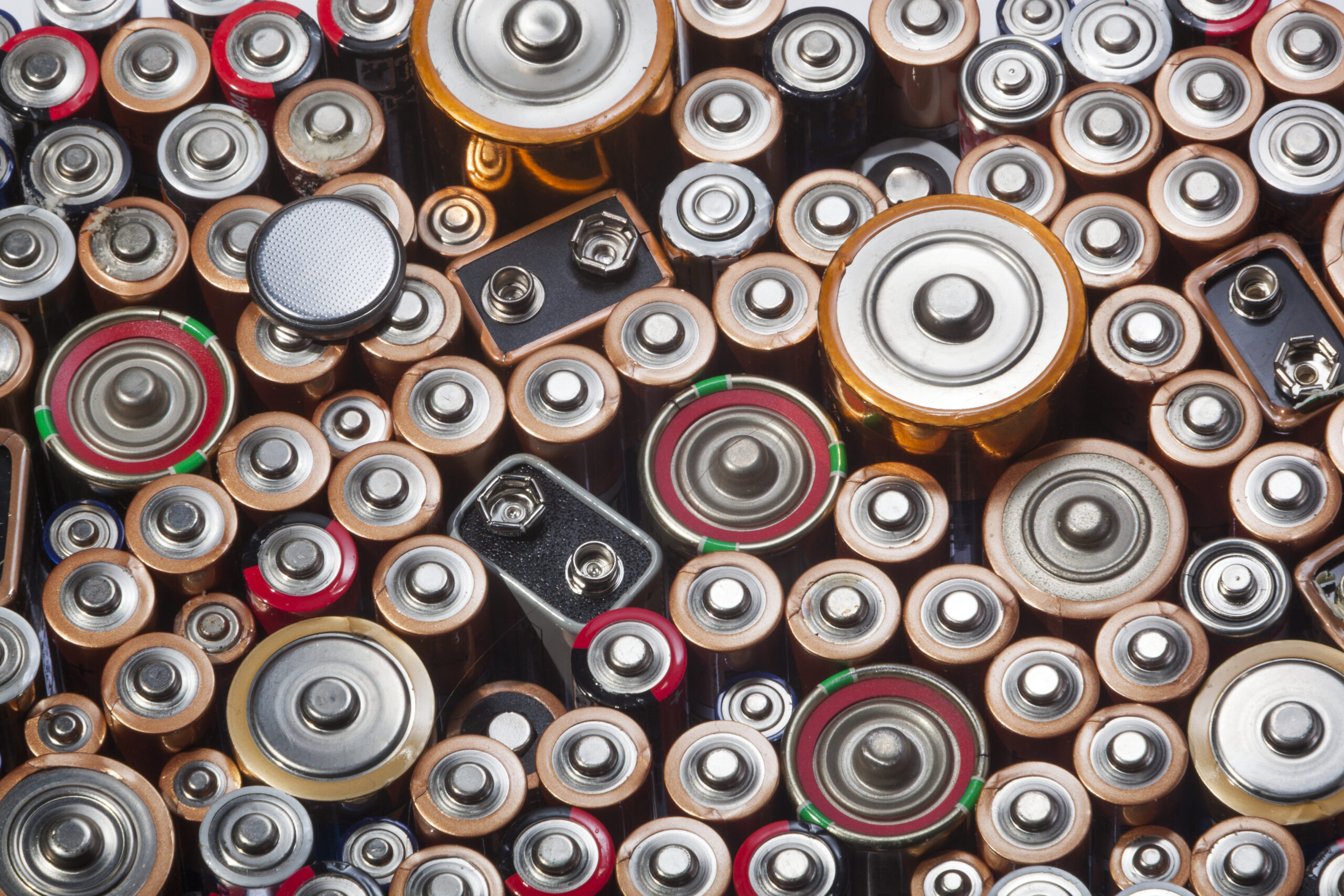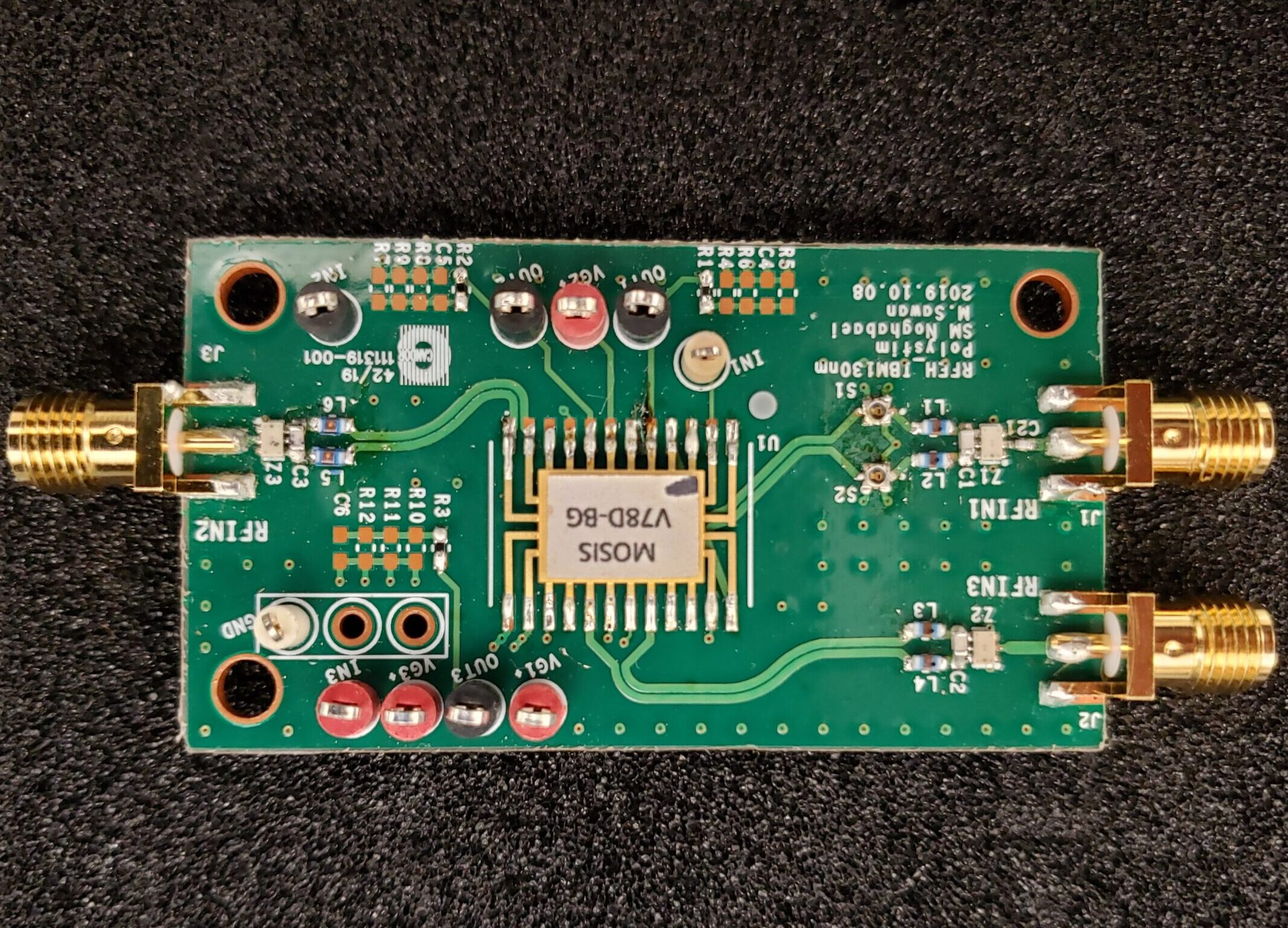UNMET NEEDS
Battery usage is one of the main limitations in the deployment of the Internet of Things (IoT). First, battery management costs and the cost of a battery itself are high, especially when the mass deployment of thousands of devices is considered. Second, for some applications where devices are sent in inaccessible locations, there is no way for a battery change. Moreover, it has been repeatedly stated that batteries have a harmful impact on the environment, so that they cannot be a sustainable solution for a mass-scale deployment of the IoT. Therefore, battery-less electronics are highly desirable for the IoT market.
Energy harvesting technologies are a promising solution to overcome these limitations. Indeed, ambient energy can be harvested from various sources (solar power, mechanical power, etc.). However, when these sources are absent, no energy can be captured. That is why radio frequency energy harvesters (RFEH) are particularly interesting as they are suitable for being used in any connected environments where electromagnetic waves are widely present (e.g., in big city), but where solar energy, for instance, could be missing.
So far, RFEH electronics have been suffering from unavoidable trade-off between efficiency and sensitivity. Available electronics cannot function if the ambient RFE does not reach a sufficient level. Many potential deployments remain limited for this reason, even if RFE can be accumulated and used for intermittent sensing.



